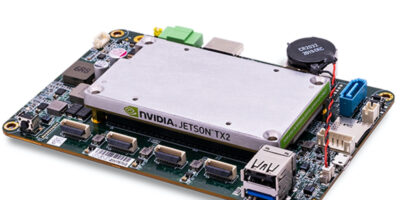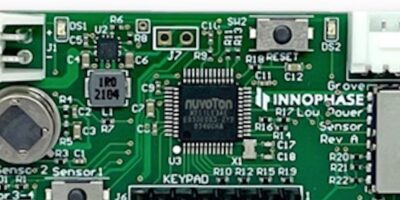Four high performance USB3 board level cameras can be streamed simultaneously and at full bandwidth, says Teledyne Flir, as the company introduces the Quartet TX2 carrier board.
The custom carrier board is based on Nvidia’s Jetson TX2 and is suitable for space constrained applications, says the company, as it eliminates the need for peripheral hardware and host systems. The Quartet TX2 Embedded Solution comes pre-integrated with Teledyn Flir’s Spinnaker software development kit, allowing developers to create scalable performance options.
The Quartet TX2 carrier board combines power and data transmission over a single cable per camera, yet, it has a compact footprint of 138 x 92 x 18.2mm.
Integrators can now design compact vision systems using the tried and tested Jetson TX2 module, integrating a powerful single board computer (SBC) into space constrained vision systems, says Teledyne Flir. The Quartet TX2 carrier board supports plug and play compatibility with up to four Blackfly S USB3 board level cameras. The Nvidia Jetson deep learning hardware accelerator also allows for a complete decision-making system on a single compact board.
Teledyne Flir is a Teledyne Technologies company, specialising in intelligent sensing solutions for defence and industrial applications.
Founded in 1978, the company creates advanced technologies to “help professionals make better, faster decisions that save lives and livelihoods”.
Teledyne Technologies provides digital imaging products and software, instrumentation, aerospace and defence electronic, and engineered systems. Teledyne’s operations are primarily located in the United States, the United Kingdom, Canada, and Western and Northern Europe.







